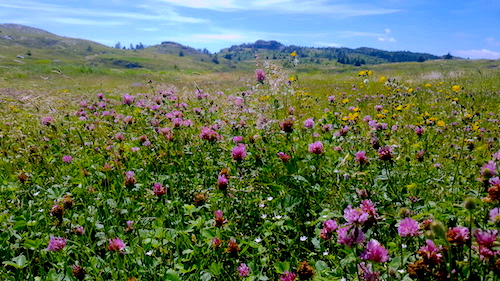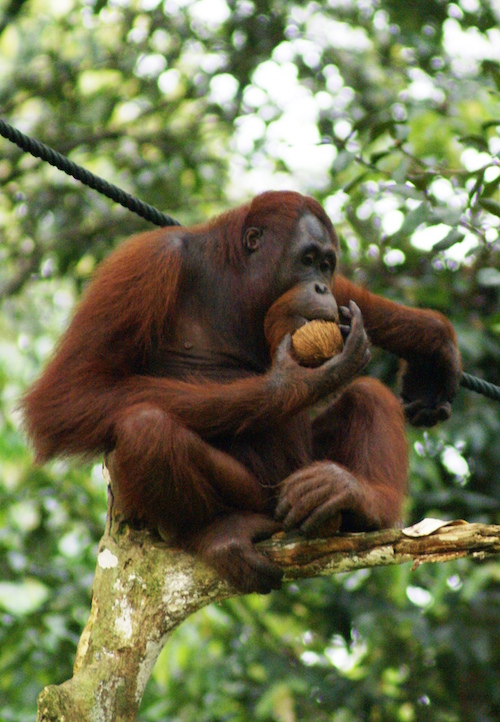Blog by Joanna Chin, Doctoral Student, York University-Environmental Studies
Robin Wall Kimmerer’s perspective in “Braiding Sweetgrass” on healing our broken relationship with the land, and using our gifts to restore this relationship, has given me a lot of food for thought. To expand on her idea, spinning that age-old adage, “random acts of kindness” can translate to simple acts of restorying our relationship in our urban communities. These actions can range in complexity from sprinkling a few wildflower seeds on bare ground to rescuing worms from being trampled on sidewalks, to planting a pollinator garden on your boulevard.

Image by Jaime Clifton-Ross
Kinzig et al. (2005) differentiate between bottoms-up and top-down decision-making that can affect biodiversity in our cities (and beyond). As a collective effort, consumer choice can deliver a powerful indicator of the market economy of what is desired in faraway destinations across the globe. Habitat loss has been the main factor threatening endangered orangutan populations that thrive in mature forest habitat in Indonesia and Malaysia. Deforestation occurs because of the demand for palm oil production and logging, whether legal or illegal, of these precious habitats. I have personally witnessed these intensive monoculture palm plantations scarring the land on my recent trip to Costa Rica. As a personal endeavour, I’ve been trying to eliminate palm oil from my kitchen cupboards. Product labeling not just obscures the ingredients in our food but also speaks to the ubiquity of palm oil in our products.
 More related to my research on songbird education is the opportunity for conserving habitat for birds with shade-grown coffee. Stay tuned for my next blog post on shade-grown and sun-grown coffee.
More related to my research on songbird education is the opportunity for conserving habitat for birds with shade-grown coffee. Stay tuned for my next blog post on shade-grown and sun-grown coffee.
Reference
Kinzig, A.P., Warren, P., Martin, C., Hope, D., & Katti, M. (2005). The effects of human socioeconomic status and cultural characteristics on urban patterns of biodiversity. Ecology and Society, 10(1), 23.
* Orangutan image via Wikimedia Commons, Creative Commons License
- Log in to post comments

CRC Comments